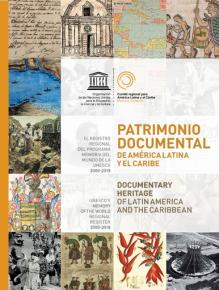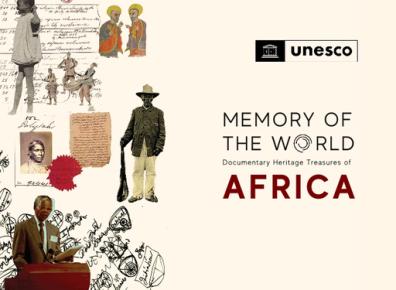Publication
Managing low-cost digitization projects in least developed countries and small island developing states
ISBN : 978-92-3-100490-2
Collation : 75 pages; illustrations

The interactive multimedia archive system (AIME) is now used in 21 African countries
Digitization is a key ingredient in preserving and accessing documentary heritage
The COVID-19 pandemic caused library, archival, museum and similar services to close because of the lockdown policies enforced by governments across the globe in response to the public health crisis. For many such organizations, online services became the lifeline through which they could meet their audiences’ information needs.
The pandemic threw into sharp relief the need for digitization as a strategy for ensuring not only the preservation but also the online accessibility of documentary heritage as a knowledge asset.
A key issue is the inability – often associated with budgetary constraints – to undertake large-scale digitization projects which can enable their libraries, archives, museums and other holding places to continue providing services in health emergencies that require little or no physical movement by the provider and the user.
This publication fills this gap by:
- providing such memory institutions with state-of-the-art technical information on how to manage low-cost digitization projects; and
- highlighting existing resource opportunities and partnerships for such digitization projects.
A good example is the interactive multimedia archive system (AIME) which, is now used in 21 African countries to digitize and archive several thousand hours of audiovisual documents.
Furthermore, this publication looks beyond the technical aspects of digitization and links the concept to its implementation across the entire management chain of memory institutions.






